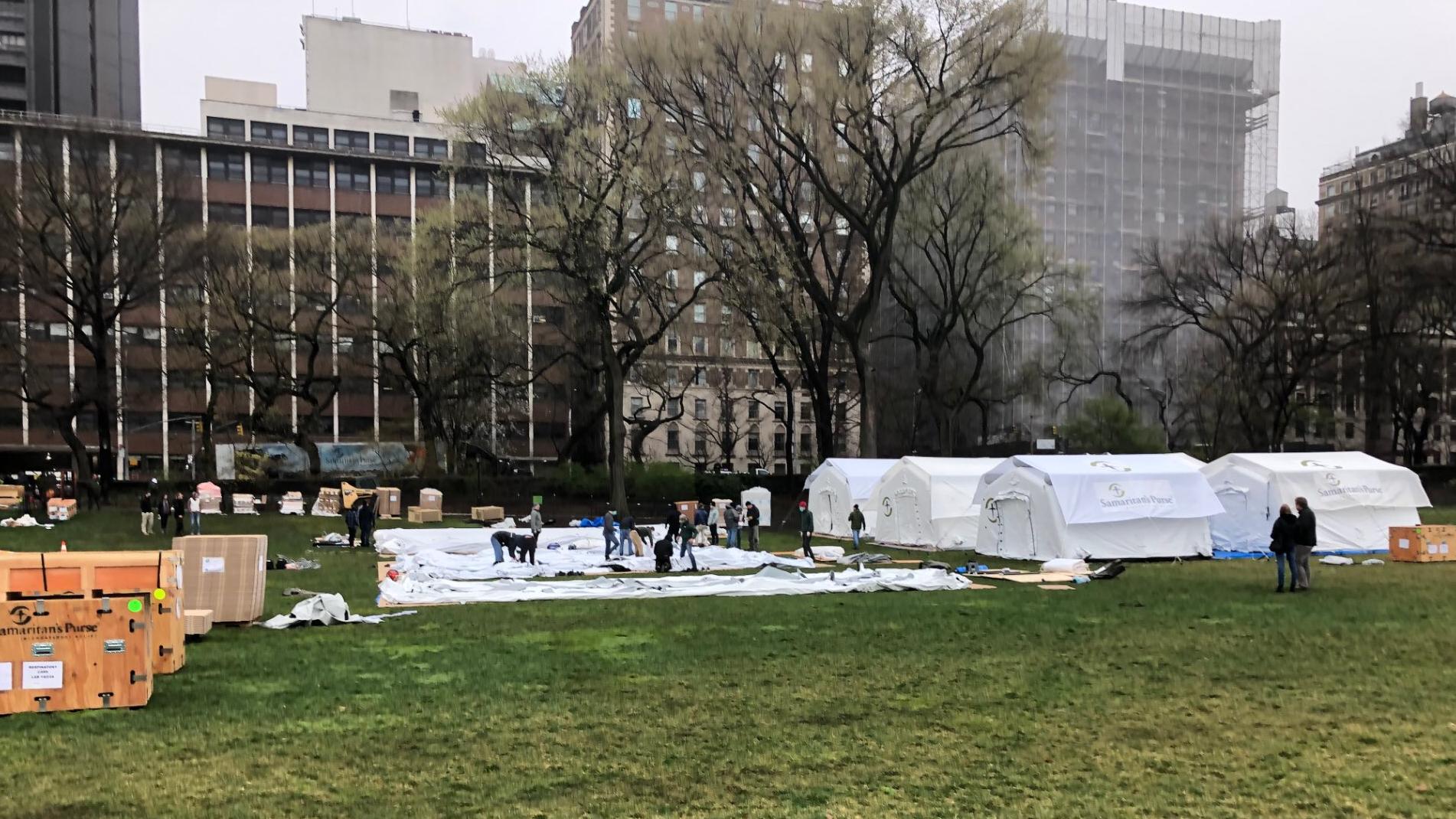The COVID-19 epidemic in the United States continues to spread. According to the epidemic data released by the U.S. Centers for Disease Control and Prevention on December 19th, more than 400,000 new confirmed cases of COVID-19 were reported in the United States on the 18th, setting a record for the highest number of new confirmed cases in a single day in a country worldwide with a nearly double increase.
According to the data released by Johns Hopkins University local time on the 19th, as of 16:27 Eastern Time on that day, the cumulative number of confirmed cases exceeded 17.6 million. The cumulative death is 315,000.
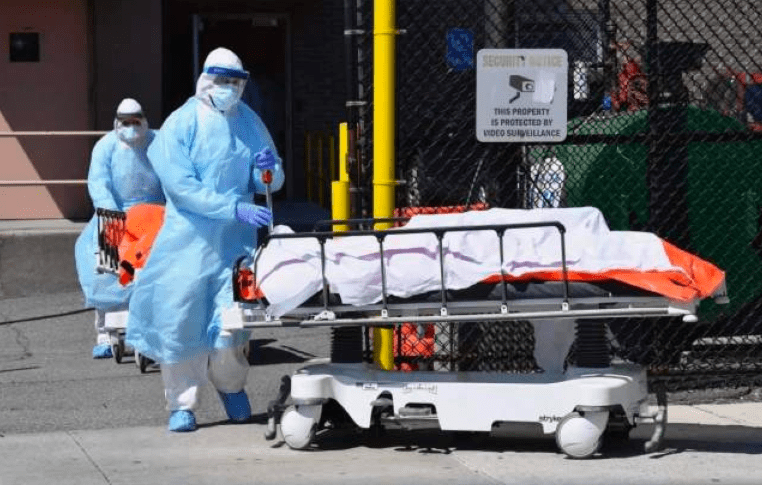
On the 19th, local time, ABC reported that the past seven days have been the worst week since the outbreak of the U.S. epidemic, judging from three indicators: the number of new confirmed cases of COVID-19 in a single day, the number of new deaths in a single day and the number of hospitalizations.
The Institute of Health Metrics and Evaluation at the University of Washington predicts that more than 237,000 Americans will die from COVID-19 in the next three months. The health care system is facing collapse.
The staff are exhausted.
As the COVID-19 epidemic continues to worsen, the U.S. health care system is facing unprecedented pressure. On December 18th local time, New York State and California reported a state of emergency in their respective medical systems.
At present, the state of New York has increased the number of hospital beds in local hospitals as required by the health department. Los Angeles County Health Service Director Christina Galli said that California’s statewide ICU remains only 3%, and it is likely that not only will all 2,500 ICU beds be exhausted in the next month, but also the hospital will urgently need an additional 1,000 or more beds.
California’s severe disease The capacity of the care unit has fallen to an all-time low. In hard-hit areas such as Southern California, the available capacity of intensive care units has been directly zero.
In addition to the tight medical equipment, the state of American health care workers is also worrying, with the sharp increase in the number of COVID-19 patients, creating a serious shortage of medical staff.
Doctors and nurses who can still stick to their posts have to work overtime continuously. Some of them have worked more than 10 hours a day from March to now. And the outbreak of the winter epidemic has caused a surge in the number of deaths across the United States, and hospitals have been in a sad atmosphere for a long time. The double pressure of body and spirit has caused pain to many medical staff.
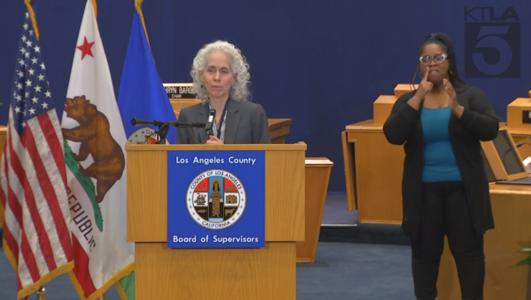
As early as mid-November, the Washington Post reported that the governor of North Dakota announced plans to allow asymptomatic medical workers diagnosed with COVID-19 to continue to work to address the state’s growing shortage of medical workers.
Medical equipment is in short supply, and the intensive care ward is in urgent need; medical staff are physically and mentally exhausted, and it is still difficult to fill the gap when they are sick. Deaths soar
The patient’s body is difficult to deal with.
The epidemic in the United States continues to worsen, and the number of deaths continues to rise. According to a CNN report on the 19th, more than 18,000 Americans have died of COVID-19 in the past seven days.
To this end, California, which has been hardest hit by the epidemic, has purchased 5,000 more shroud bags and requisitioned 60 refrigerated trucks to standby for emergency coroners and morgues.
Not only is it a problem to place the body, but also to move the body. Previously, in El Paso County, Texas, the government paid to recruit prisoners to “assiss in handling too many corpses awaiting autopsy” due to the increasing number of coronavirus deaths and a serious shortage of staff.
Some American media commented that although it is customary for prisoners to serve their sentences and work in the United States, El Paso’s employment of prisoners to carry the remains of COVID-19 patients is still ethically and morally questioned.
The authorities had to send a national guard to replace the prisoners to carry their bodies.
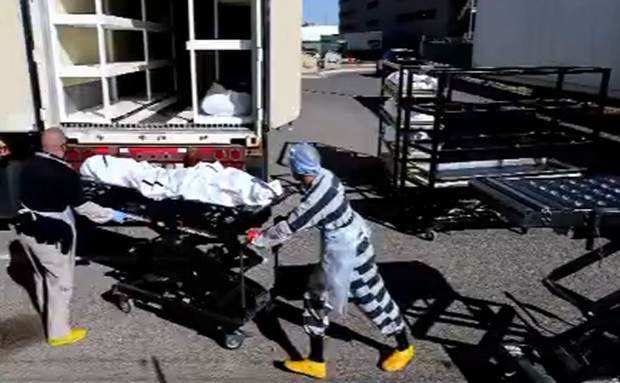
△Media photos and videos show that there are many white refrigerated trailers parked outside the autopsy’s office, and several people in striped prison uniforms, masks and protective gloves carried the bodies onto the car.
The rising death toll also places a heavy burden on funeral homes in the United States, which are very common to be overloaded.
Three employees of a funeral home in South Dakota work 12 hours a day, 7 days a week.
A funeral home worker in Austin, Texas, also said that the recent business volume is five times that of the early stage of this year’s epidemic.
The specificity of the remains of coronavirus patients has also caused more problems. Under California law, bodies that have died less than 24 hours must be kept in the freezer.
In order to prevent the spread of the virus, many funeral homes require the body to be kept in the freezer for at least 72 hours, which makes the parking space of the body extremely tight.
California funeral home staff said that this year is definitely the busiest year, and it is also a very unfortunate year.
Due to the sharp increase in deaths, the morgue is completely full, and there is no room for other deaths.
The prison and education system are under great pressure.
As one of the hardest hit areas of concentrated infection, the spread of COVID-19 in American prisons shows no sign of slowing down.
As of December 18, one in five inmates in federal and state prisons in the United States tested positive for COVID-19, with a four-fold infection rate than the overall population, and in some states even more than half of the inmates, according to data collected by the Associated Press and a non-profit news agency in the United States.
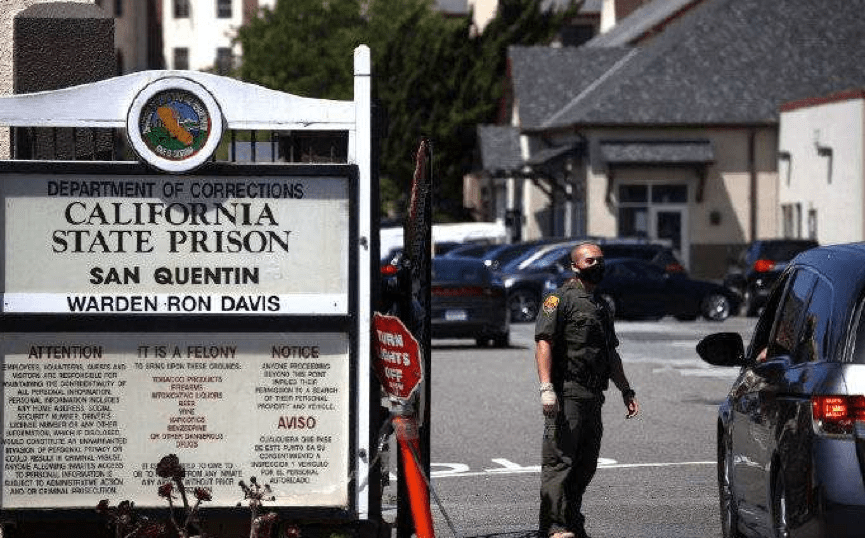
The Associated Press and the agency have collected COVID-19 data from prisons every week since March. The Associated Press reported on the 18th that at least 275,000 prisoners in the United States have been infected with the novel coronavirus so far, of which more than 1,700 have died.
The number of prisoners infected with the novel coronavirus in the United States reached the highest level since testing was launched in the spring this week. One fifth of prison staff in the United States is also infected with the novel coronavirus.
The situation in North Dakota is particularly bad, with four in five prison staff infected.
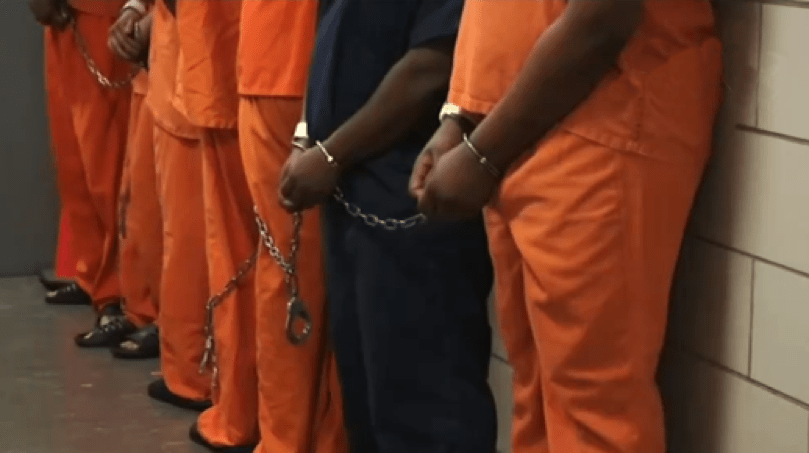
In addition to the prison system, American universities are also concentrated outbreaks.
According to the latest statistics released by the New York Times in December, there have been more than 320,000 confirmed cases and at least 80 deaths on more than 1,900 university campuses across the United States
and the vast majority of infections occur after returning to school in the fall.
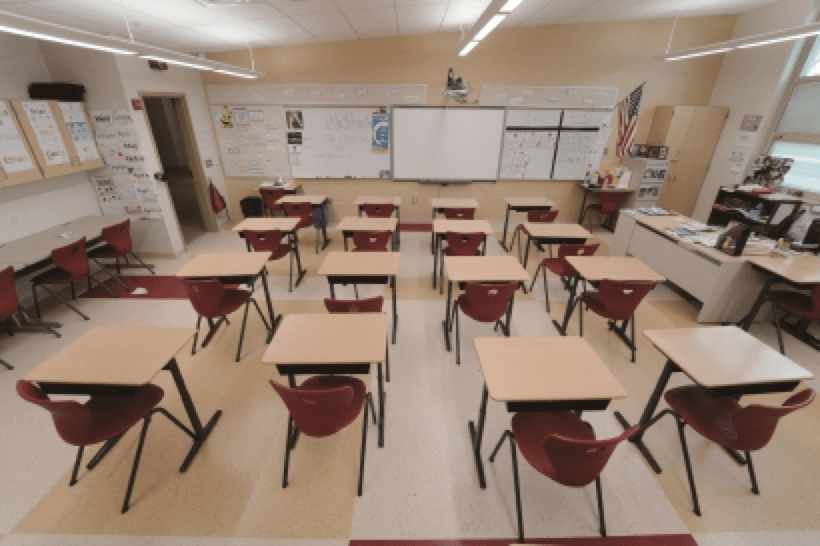
In addition, the coronavirus epidemic has exacerbated the long-standing “teacher shortage” problem in the United States. In 2018, more than 40 states reported shortages of teachers in mathematics, science and special education, but fewer states reported shortages for primary school teachers, according to federal data.
The latest data from the U.S. Bureau of Labor Statistics shows that the employment rate in public schools fell 8.7% in November compared with February, the lowest level since 2000.
The website of the Wall Street Journal reported on December 15 that school districts are recruiting parents as substitute teachers. The number of online courses has soared to 50 or more in one class.
School bus drivers are also responsible for taking care of the classrooms. Some people even consider allowing asymptomatic teachers infected with the novel coronavirus to continue to attend school. The road of “war against the epidemic” of vaccines in the United States
The road is obstructive and long.
At present, the United States has started the vaccination of the novel coronavirus vaccine, but negative news about the vaccine is constantly exposed.
In particular, three consecutive cases of adverse reactions of vaccinators in Alaska have been greatly worried by American public opinion.
Due to the harsh transportation conditions of vaccines, there have also been many vaccine scrapping incidents in the United States in recent days, and many states cannot get the original number of vaccines.
Governors of many states in the United States have complained that the Pfizer vaccine delivered in the next few weeks is only half of the expected number.
The Los Angeles Times reported on the 18th that in order to try to obtain the priority of vaccination against the novel coronavirus, some rich people in the United States went directly to the hospital to ask if they could get a dose of vaccine if they donated $25,000.
In addition to individuals who use their financial strength to obtain priority vaccination privileges, some large companies and consortia in the United States are also trying to obtain vaccines early.
The Wall Street Journal recently revealed that Amazon is lobbying the Centers for Disease Control and Prevention to try to put its employees on the list of “essential workers” so as to get vaccines before ordinary people. Moreover, in addition to Amazon, the CDC has received similar applications from several giants in the catering, aviation and real estate industries.
Although wealthy Americans and commercial giants are competing for the privilege of prioritizing vaccination, the willingness of medical staff to vaccinate has been greatly reduced due to successive adverse reaction cases.
A survey of local health care workers at the University of California, Los Angeles found that many medical staff have reservations about the vaccine in the United States.
Two-thirds of health care workers want to delay or refuse to vaccinate; more than half believe that the federal government pressure has led to the hasty development of vaccines, which greatly reduced their trust in the vaccine.
People are also skeptical about the safety of vaccines in the United States.
According to a recent report released by the Pew Research Center in the United States, nearly 40% of Americans still say that they will not be vaccinated against the novel coronavirus.
In addition, African Americans are more worried about vaccines than other ethnic groups, and the proportion of this group is unwilling to be vaccinated is close to 60%.
With vaccine problems one after another and people’s willingness to vaccinate, the prevention and control of the novel coronavirus in the United States still faces great difficulties. It is obviously impossible to rely on vaccines to defeat the epidemic in the short term.


